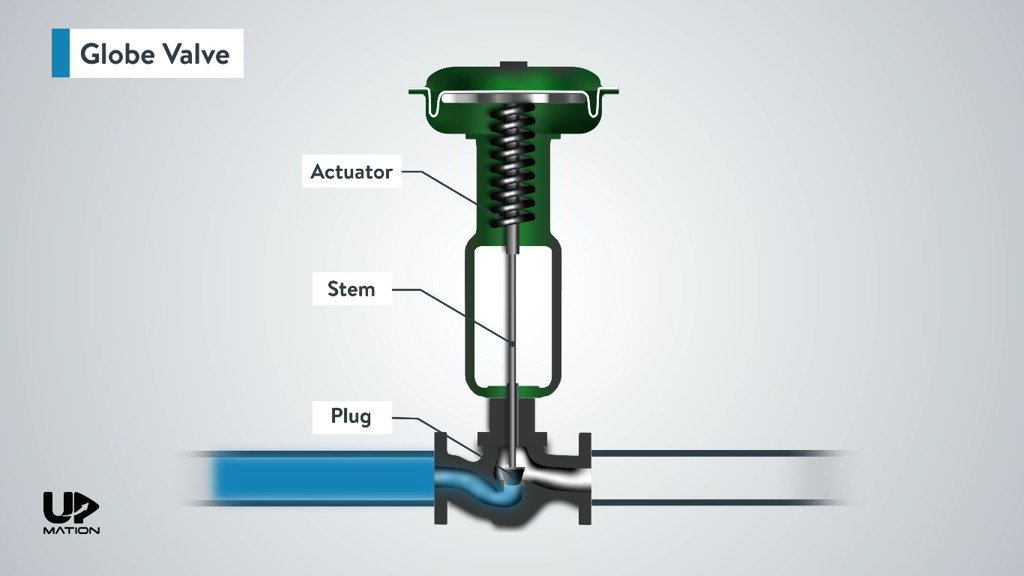
Maximize Power Financial Savings and Convenience With Advanced Structure Automation Controls
In the realm of contemporary architecture and facility administration, the combination of sophisticated building automation regulates stands as a critical improvement. By taking advantage of the power of automation, structures can adapt, respond, and develop in ways that were as soon as unthinkable.
Energy Efficiency Benefits
Energy efficiency advantages can significantly lower energy consumption and operational prices in buildings. By executing energy-efficient methods and technologies, building proprietors and drivers can accomplish substantial savings while additionally adding to environmental sustainability. Among the primary benefits of enhancing power performance in structures is the decrease of utility costs. Energy-efficient systems, such as innovative building automation controls, can optimize using sources like heating, air conditioning, and illumination, bring about reduced power expenditures over time.
Furthermore, boosted energy efficiency can extend the life expectancy of structure tools and systems. By running more efficiently, HVAC systems, lighting fixture, and various other structure parts experience much less wear and tear, leading to reduced maintenance and substitute prices. In addition, energy-efficient structures usually command higher home values and rental prices, offering lasting monetary benefits to proprietors.
Furthermore, power efficiency can enhance resident comfort and performance. Effectively managed interior environments with optimum illumination and thermal problems develop an even more favorable and enjoyable work area, leading to improved worker satisfaction and efficiency. On the whole, the power effectiveness advantages linked with innovative structure automation controls are complex, incorporating price savings, ecological stewardship, and resident well-being.
Boosted Convenience Control
Enhancing convenience control in structure settings requires an innovative combination of advanced automation systems for optimum passenger wellness. By using innovative building automation controls, centers can tailor the interior atmosphere to satisfy the specific needs and choices of owners. These systems make it possible for accurate regulation of lighting, ventilation, and temperature level, producing a efficient and comfortable ambience. Occupant fulfillment and performance are very closely linked to thermal convenience, making it important to have systems in position that can adjust to transforming problems in real-time.
Enhanced convenience control surpasses fundamental temperature changes. It includes features such as personalized settings, occupancy sensing units, and natural light application to develop a receptive and vibrant environment. By incorporating these advanced controls, structures can not only improve convenience yet also improve energy effectiveness by maximizing system operations based upon actual occupancy and use patterns. Ultimately, prioritizing passenger convenience through innovative automation systems leads to a much more enjoyable and much healthier interior setting.
Operational Performance Improvements

Moreover, the implementation of real-time monitoring and analytics devices enables building operators to recognize power inefficiencies and functional abnormalities without delay. By continuously keeping an eye on power usage patterns and system performance metrics, adjustments can be made in real-time to optimize energy consumption and ensure peak functional effectiveness. control valves. Additionally, including need reaction techniques right into building automation controls can additionally enhance functional performance by dynamically adjusting power usage based upon grid problems and rates signals
Indoor Environment Optimization
Effective interior environment optimization is a basic element of building automation controls, guaranteeing occupants' convenience and health while making best use of power cost savings. By utilizing sophisticated sensors and controls, constructing automation systems can constantly monitor and adjust temperature level, humidity degrees, air high quality, and ventilation to create an optimum indoor environment. Keeping regular and comfortable problems not just boosts occupant satisfaction yet likewise improves productivity and overall health.
Interior environment optimization additionally plays an essential duty in power performance. By fine-tuning heating, air conditioning, and ventilation systems based upon real-time information and occupancy patterns, constructing automation controls can considerably lower energy consumption - control valves. Executing methods such as demand-controlled ventilation and thermal zoning can aid minimize energy waste while making certain that each location of the structure gets the needed conditioning.

Lasting Atmosphere Development
Structure automation manages not just maximize interior climate problems for energy effectiveness and owner comfort however also lay the structure for developing a sustainable setting via calculated management of systems and sources. By incorporating innovative building automation innovations, such as sensors, actuators, and intelligent software, facilities can readjust and keep an eye on power usage in real-time to lessen waste and lower their carbon footprint. These systems make it possible for anticipating maintenance, recognizing potential problems prior to they rise and enhancing tools performance to enhance durability and performance.
In addition, lasting setting creation prolongs beyond power administration to incorporate water conservation, waste decrease, and interior air high quality improvement. Building automation controls can manage water usage, find leaks, and ensure proper waste disposal practices, adding to overall sustainability initiatives. In addition, by controlling and checking air flow and filtering systems, these technologies boost resident health and wellness and productivity while decreasing power usage related to HVAC operations.
Verdict
To conclude, advanced building automation regulates offer significant benefits in terms of power savings, convenience control, operational performance, indoor environment optimization, and creating a sustainable environment. By implementing these controls, buildings can achieve ideal efficiency while decreasing energy usage and boosting occupant comfort. It appears that making use of innovative automation modern technology is critical in improving structure efficiency and producing an extra sustainable future.
Power performance benefits can significantly reduce energy consumption and functional costs in buildings. In general, the energy efficiency benefits connected with innovative structure automation controls are multifaceted, encompassing expense view publisher site financial savings, ecological stewardship, and passenger wellness.
In addition, incorporating demand reaction methods into building automation controls can better boost functional effectiveness by dynamically readjusting power you can find out more use based on grid problems and prices signals.
Building automation regulates not only enhance interior climate conditions for energy effectiveness and resident convenience but also lay the structure for creating a sustainable setting through critical monitoring of resources and systems.In final thought, progressed building automation regulates deal considerable advantages in terms of power financial savings, comfort control, operational effectiveness, interior climate optimization, and producing a sustainable environment.